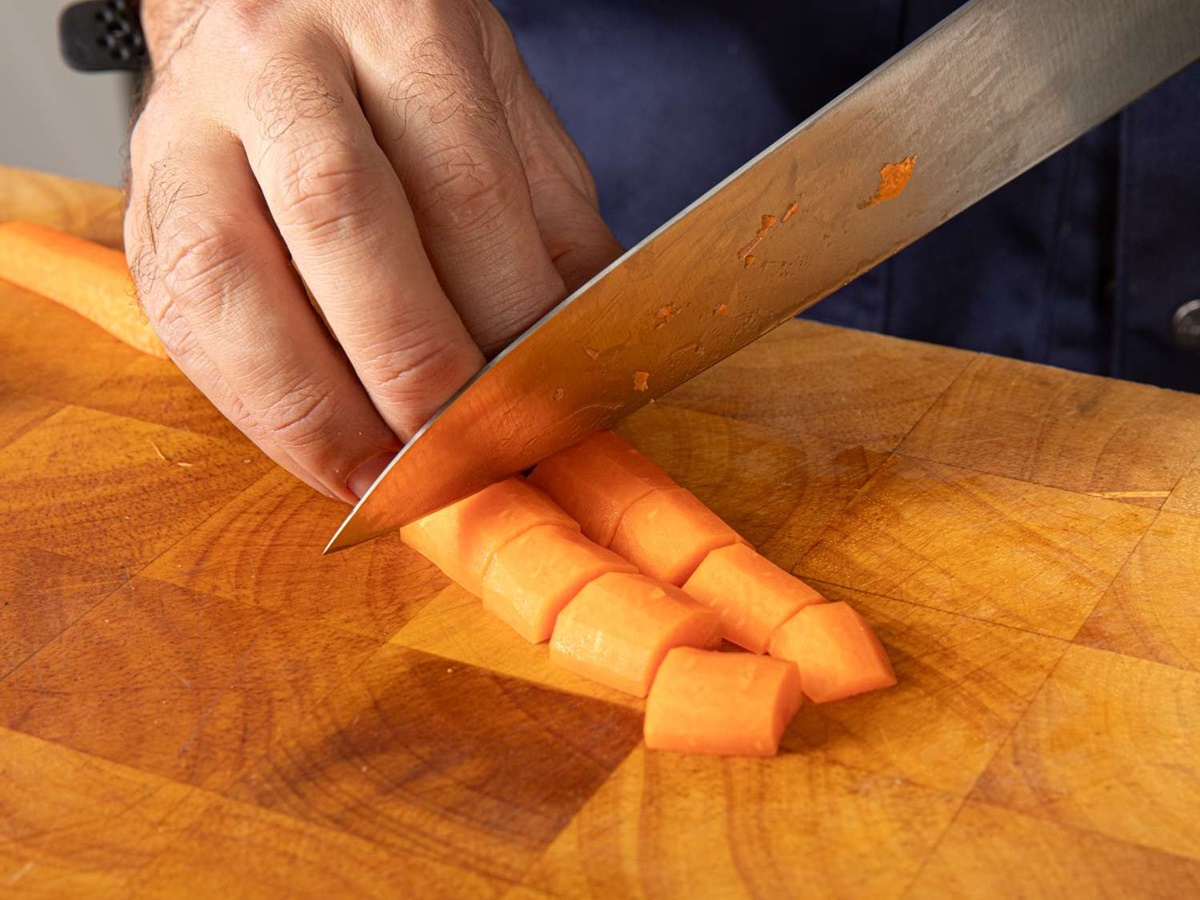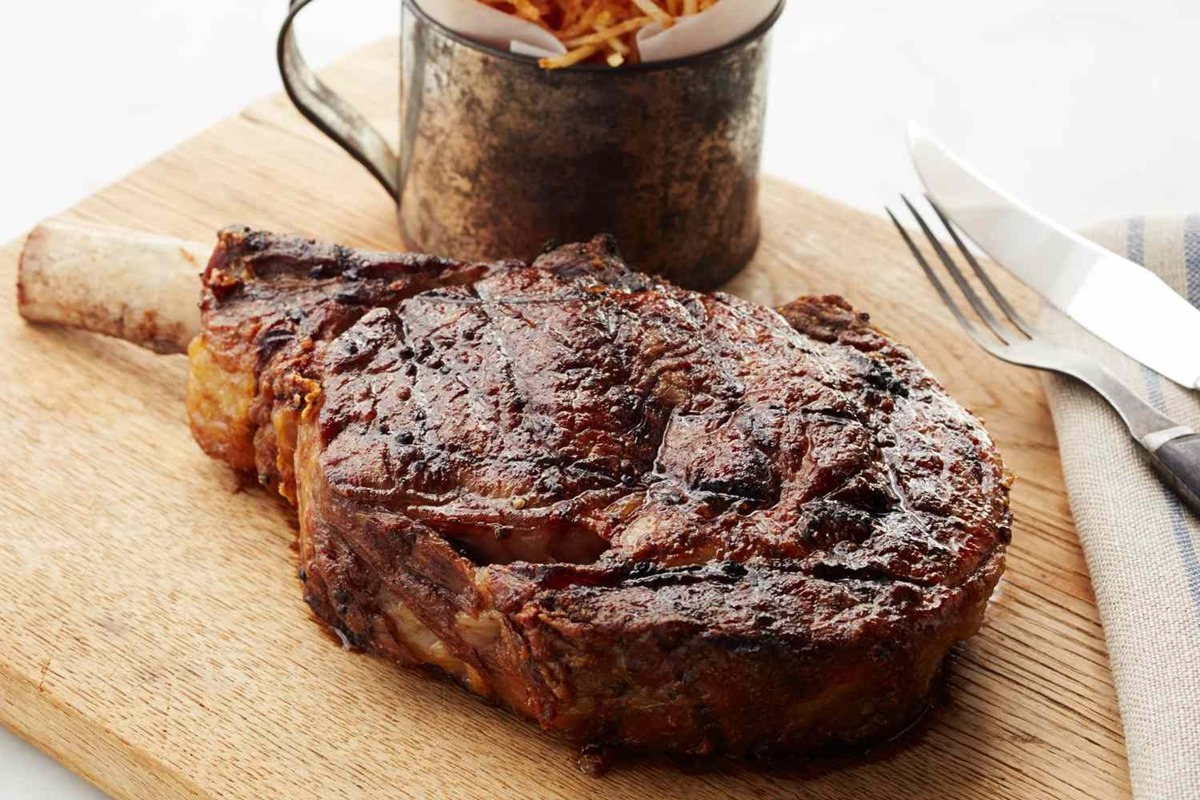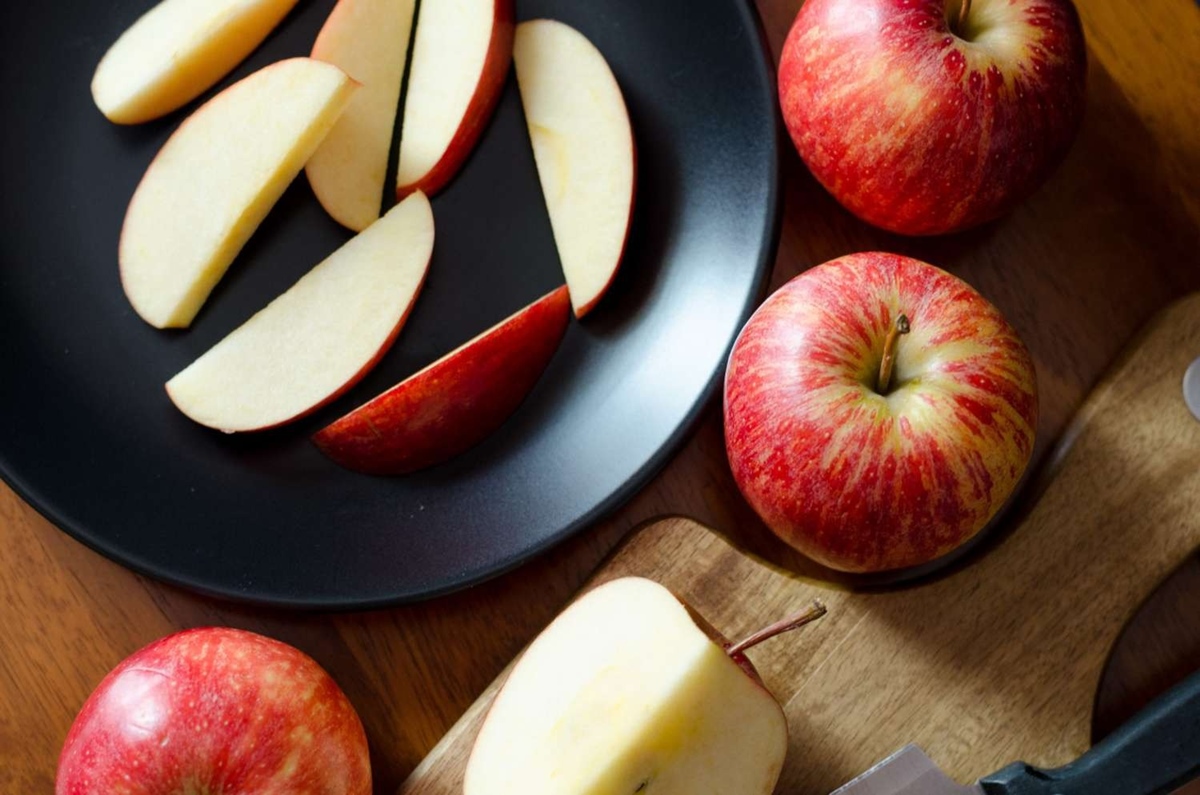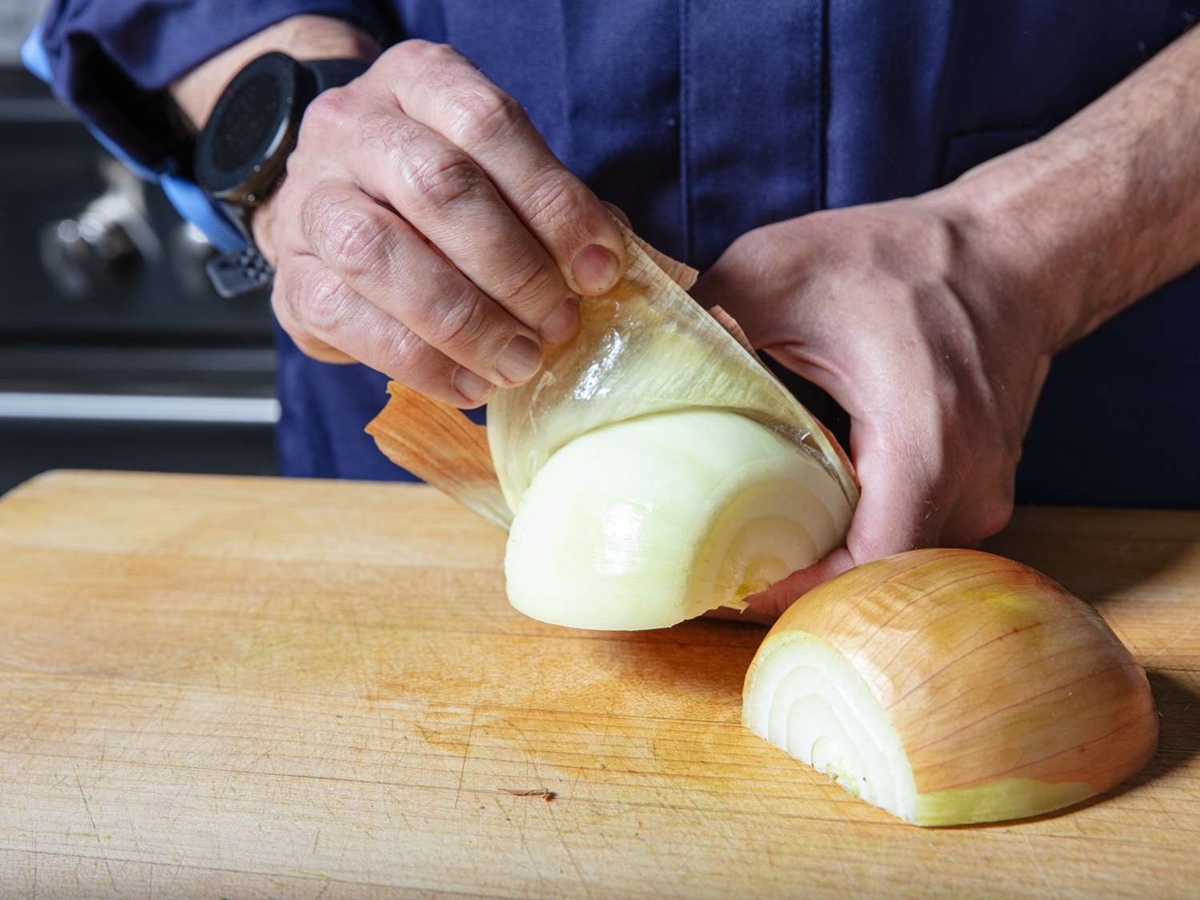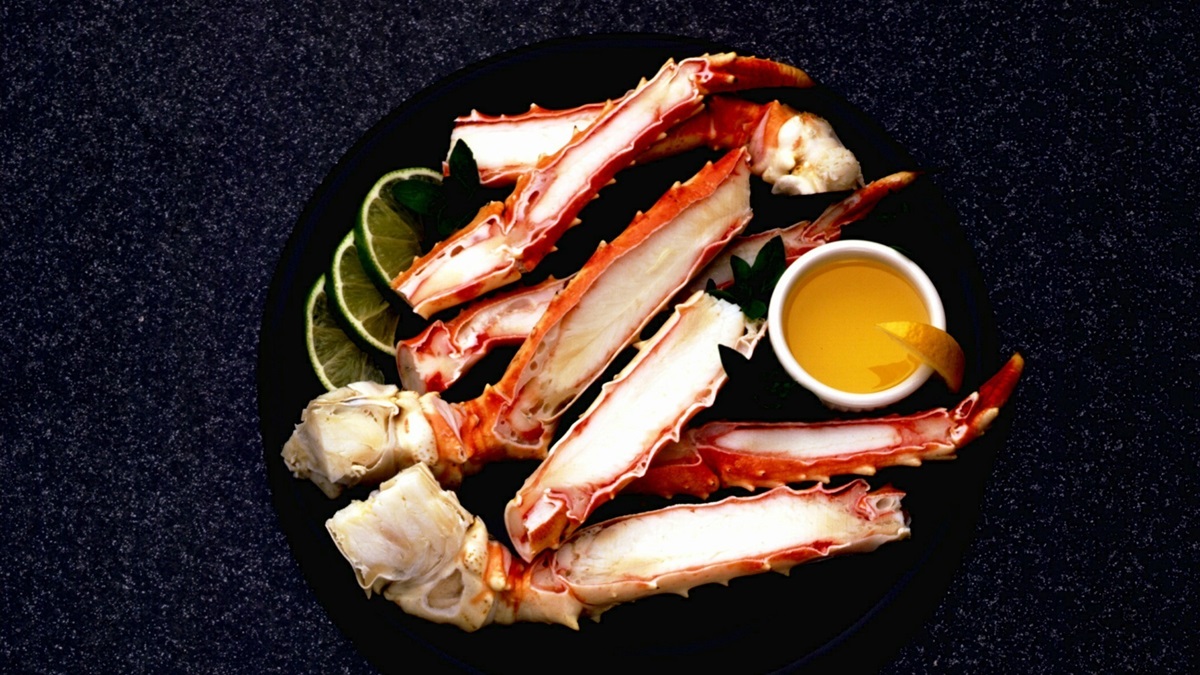How To Cut Catfish Fillets Into Strips
Are you looking to add a touch of variety to your catfish dishes? Cutting catfish fillets into strips can create a whole new culinary experience. Whether you’re making catfish tacos, crispy fried catfish strips, or grilled catfish skewers, this simple technique can elevate your cooking game. Here’s a step-by-step guide on how to cut catfish fillets into strips:
What You’ll Need:
- Catfish fillets
- Cutting board
- Sharp knife
Step 1: Prepare the Catfish Fillets
Start by placing the catfish fillets on a clean cutting board. If the fillets still have the skin on, you can remove it by firmly holding the tail end and gently sliding the knife between the flesh and the skin, moving the knife towards the opposite end of the fillet. Repeat this process for each fillet.
Step 2: Determine the Strip Size
Decide how thick you want your catfish strips to be. Typically, 1 to 1.5-inch wide strips work well for various preparations. Keep in mind that thicker strips may require longer cooking times, so adjust according to your preference.
Step 3: Start Cutting
Hold the knife at a slight angle to the cutting surface. Starting from one end of the fillet, make an incision in the catfish flesh, keeping the blade parallel to the cutting board. Apply steady pressure and guide the knife through the fillet, creating a smooth, even cut. Continue cutting until you reach the other end of the fillet, creating a long strip.
Step 4: Repeat the Process
If your fillet is wide, you may need to cut it into multiple strips. Simply repeat the cutting process with the remaining portion of the fillet until you have the desired number of catfish strips.
Step 5: Final Touches
Inspect the strips to ensure they are of equal size. Trim any uneven ends if needed for a more uniform presentation. Rinse the strips under cold water to remove any stray scales or debris. Pat them dry with a paper towel before incorporating them into your chosen recipe.
Now that you know how to cut catfish fillets into strips, you can get creative in the kitchen. Try marinating the strips with your favorite spices and herbs or coating them in a crispy breadcrumb or cornmeal mixture for a delicious crunch. Whether you’re grilling, pan-frying, or baking, these versatile catfish strips are sure to impress your family and friends.
Show off your culinary skills and explore the world of catfish strips today!
For those looking to take their catfish fillets to the next level, there are a variety of recipes to explore. Consider starting with Crispy Fried Catfish Strips Recipe, a classic that promises a delightful crunch. If you're in the mood for something with a bit of a kick, Spicy Catfish Strips with Mango Slaw Recipe combines heat and sweetness in a satisfying way. For a more indulgent option, the Catfish Strips with Garlic Butter Sauce Recipe is rich and flavorful, perfect for a special occasion. Alternatively, the Grilled Catfish Strips with Lemon Herb Marinade Recipe offers a light and fresh take, ideal for a summer cookout. Finally, the Baked Catfish Strips with Parmesan Crust Recipe provides a healthier option without sacrificing taste. Each of these recipes highlights the versatility of catfish strips and offers a unique flavor profile to suit different preferences.
Was this page helpful?
Read Next: How To Cut Spatchcock Chicken After Cooking
